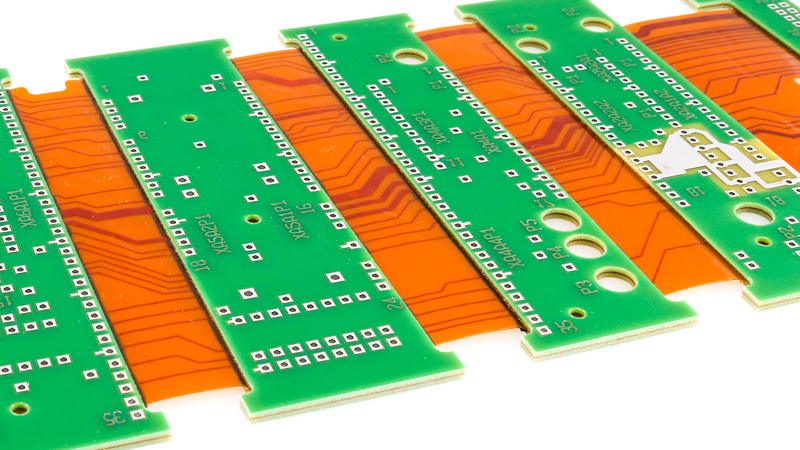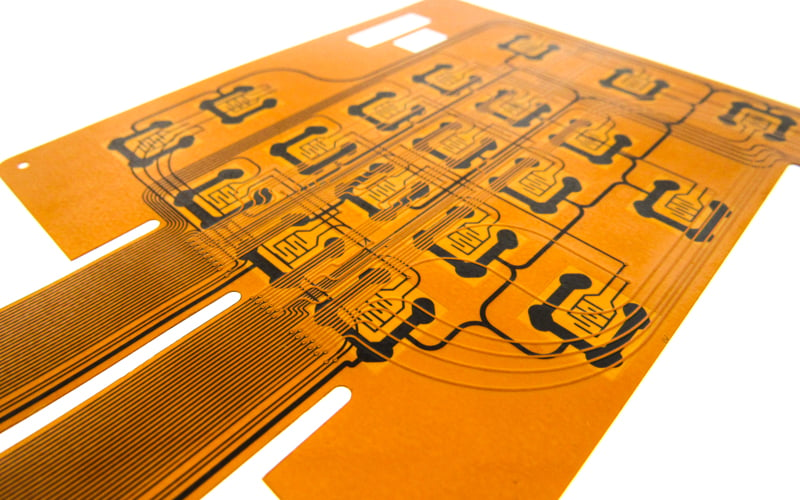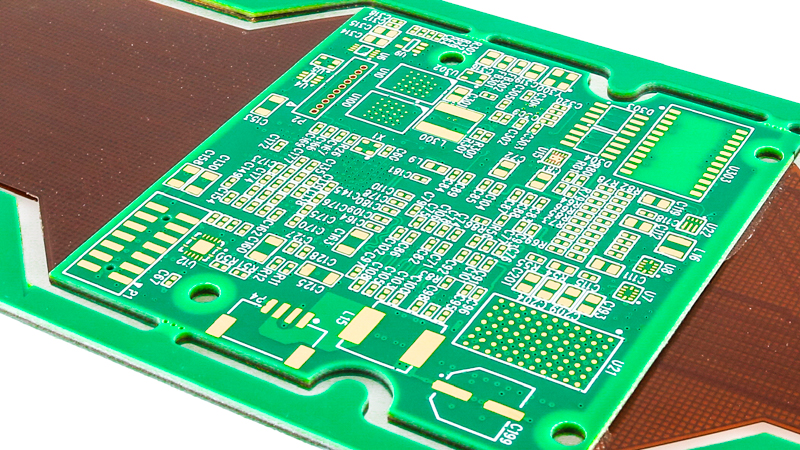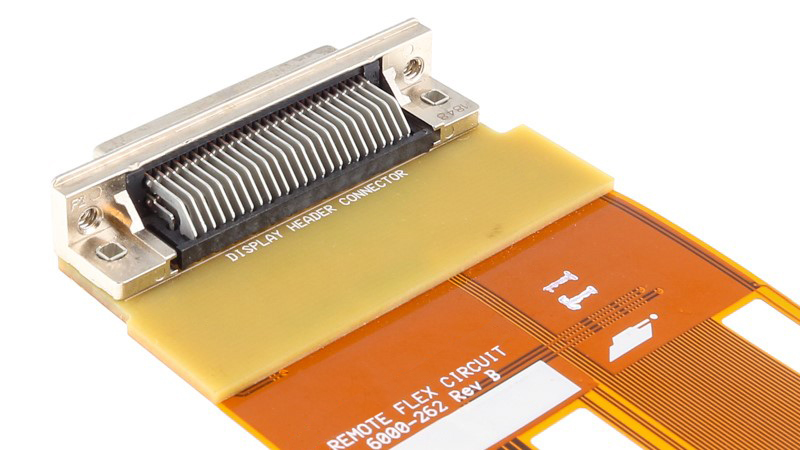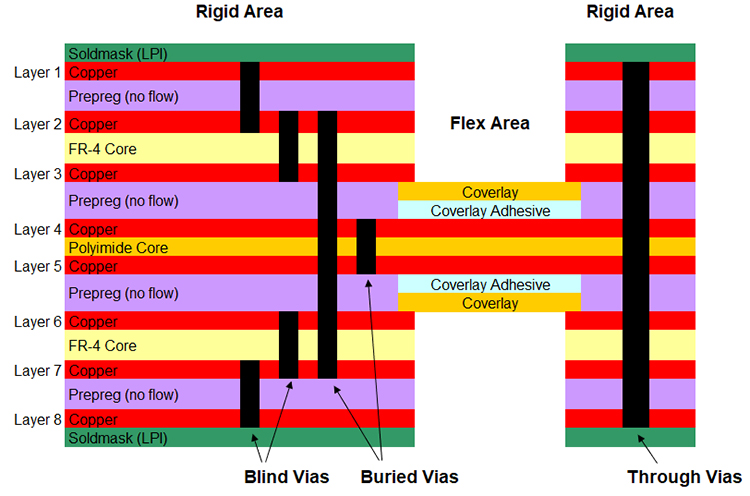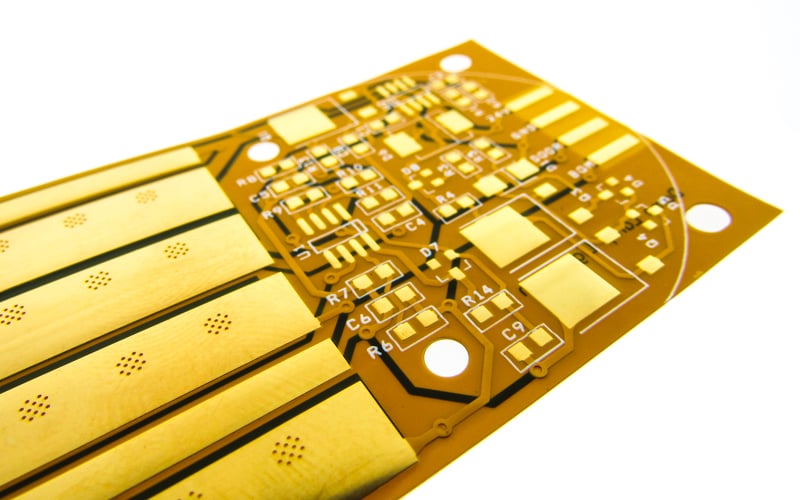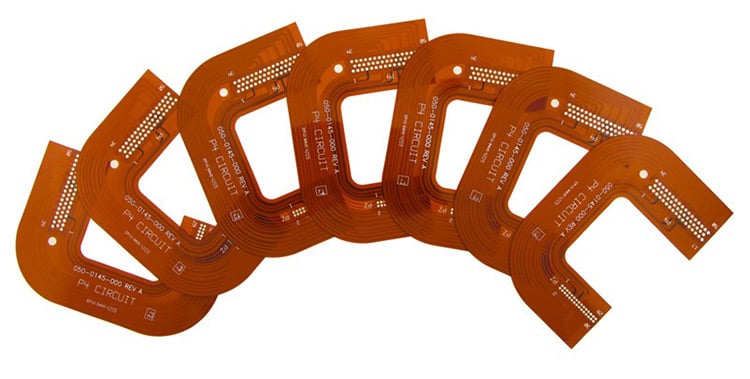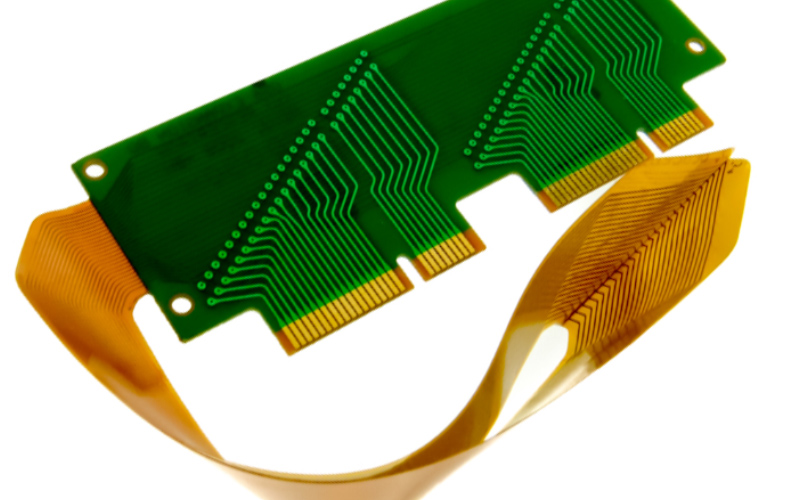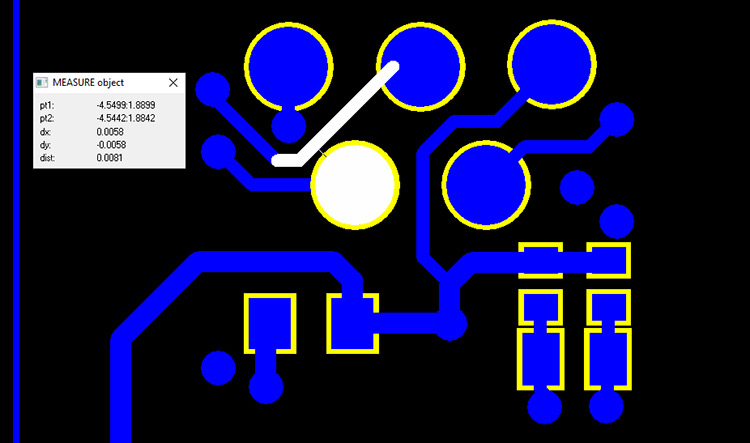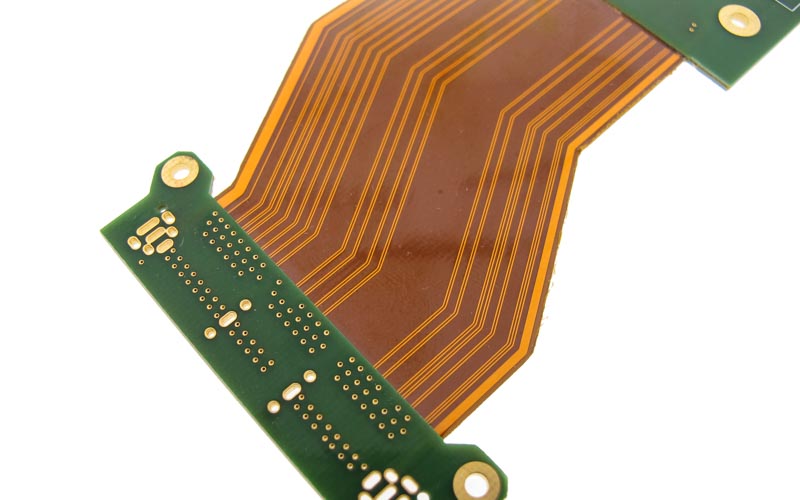Mechanical bend reliability is a critical element in a successful flex or rigid-flex PCB design. One area that can have a significant impact is the transition line(s) that occurs from a rigid area, in a rigid-flex circuit design, or from a stiffened area, in a flex circuit with stiffeners design, to the flex layer(s) only areas.
Paul Tome

Recent Posts
Dome switches are a very popular solution for use as a momentary switch. They are a good solution that provides tactile feedback that the switch has been depressed and an event registered. Many applications require a dome switch mounted to a flexible circuit board.
We get many inquiries from our customer base regarding updating or converting an existing design from its current configuration of rigid printed circuit boards interconnected with a wiring harness to a rigid-flex printed circuit board. With our experience, we can quickly determine if a conversion option is worth investigating further. We can also see how some are relatively obvious that they would need a complete redesign to convert.
Flex circuits have the capability of utilizing a wide variety of connector options. The list, with a couple of exceptions, includes all connector systems that can be used on rigid printed circuit boards (PCBs) plus a couple of additional systems that were specifically designed for interconnecting flexible circuits to rigid PCBs or wiring harnesses.
With advancements in rigid-flex PCB design technology, the use of laser-based systems in the manufacturing process are very common in the industry. Not having laser drilling and cutting available would place significant limitations on what could be accomplished in a design and what components could be used.
Many flexible circuit board applications require designs to be exposed to and or operate continuously at elevated temperatures well beyond that of standard room temperature. These requirements are above and beyond the requirements of component or connector assembly.
There are a very wide variety of materials available to construct a flexible circuit. The materials range from different types of copper, copper thicknesses, core/coverlay and adhesive thicknesses, adhesive types, stiffener types and thicknesses, PSAs, shielding films, flexible soldermask colors, etc. Inadvertently specifying unique or non-standard materials can result in significant delivery delays as they may not be standard stock at either the manufacturer or the supplier.
Advancing technology has impacted rigid-flex PCB designs in the same manner as rigid printed circuit boards. Increasing interconnect requirements and smaller form factors require higher circuit densities and increased layer counts. The impact of these elements on rigid-flex circuit designs is potential reliability issues both electrically and mechanically.
In some areas of a flexible circuit board design, the trace widths and spacings, trace to pad spacings, and via pad sizes are the same as used in rigid circuit boards but will differ in other areas. This is due to the flexible nature of the polyimide materials used, the type of material used to encapsulate the external layers, and the unique plating process used for most flex circuit designs.
Impedance controlled circuits in a rigid-flex PCB design is a common requirement throughout the industry in a wide range of applications. Having Impedance control, however, does create an additional challenge for designs that have very demanding minimum bend requirements.


